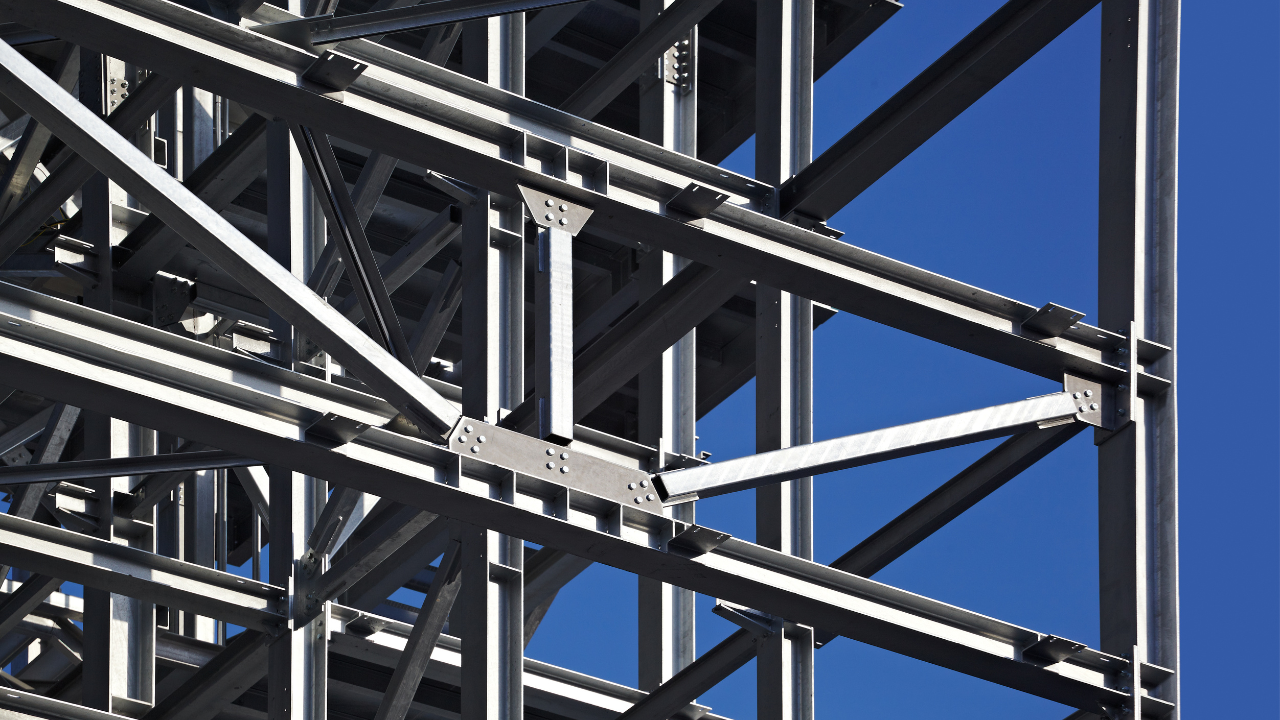
Key Takeaways
Steel detailing has come a long way from traditional hand-drawn blueprints to sophisticated digital modeling.
Today, automation, AI, and 3D modeling are reshaping the industry, making the process faster, more precise, and cost-efficient.
These advancements allow structural engineers and steel fabricators to collaborate seamlessly, ensuring structural integrity and streamlined project execution.
Technology is revolutionizing structural steel detailing, making the process faster, more accurate, and highly collaborative. Using advanced tools ensures projects stay on schedule and within budget—while pushing the boundaries of what’s possible in steel design and construction.
3D modeling has revolutionized steel detailing by enabling engineers and fabricators to visualize complex structures in a virtual space before physical construction begins. Advanced software such as Tekla Structures, AutoCAD, and Revit allows for the creation of highly detailed, dimensionally accurate steel frameworks. This approach reduces errors in shop drawings and enhances collaboration among project stakeholders. By detecting design clashes early, 3D modeling minimizes costly rework, optimizes material usage, and streamlines the installation process of steel components, leading to higher project efficiency and improved construction accuracy.
Automation has significantly accelerated the steel detailing process, reducing the time required to generate technical drawings while maintaining high accuracy. Modern CAD drafting software, such as AutoCAD and SolidWorks, incorporates automation tools that generate detailed shop and erection drawings with minimal manual intervention. This technology ensures consistency across all technical drawings, reduces human errors, and improves compliance with industry standards. Additionally, automation enables rapid modifications and revisions, enhancing workflow efficiency and expediting project completion times.
Artificial intelligence (AI) plays a crucial role in enhancing quality control in steel detailing. AI-powered tools can analyze structural drawings, detect inconsistencies, and ensure compliance with engineering standards before fabrication. These intelligent systems assess construction plans for potential flaws, such as misaligned connections or incorrect material specifications, preventing costly errors and delays. By integrating AI-driven quality control, steel detailing firms can optimize cost efficiency, reduce rework, and improve overall project accuracy.
Building Information Modeling (BIM) has transformed steel detailing by fostering real-time collaboration among architects, engineers, and steel detailers. BIM software, such as Autodesk Revit and Tekla BIMsight, enables seamless data sharing and coordination across project teams. Through BIM integration, stakeholders can access up-to-date 3D models, perform clash detection, and optimize design workflows. This collaborative approach leads to more informed decision-making, reduces project waste, and enhances construction efficiency, ultimately ensuring smoother project execution and cost savings.
Modern steel detailing software, such as Advance Steel, SDS/2, and Tekla Structures, provides powerful tools to create precise steel detailing solutions. These software platforms support the design of intricate steel structures, automate connection design, and offer parametric modeling capabilities. With features such as automatic clash detection and real-time data synchronization, these advanced tools enhance detailing accuracy, improve adherence to industry standards, and enable the efficient execution of large-scale steel construction projects.
Digital fabrication bridges the gap between steel detailing and actual fabrication by providing direct access to detailed models and material lists. This technology ensures that steel fabricators receive accurate cutting lists, reducing material wastage and minimizing fabrication errors. CNC machines and robotic welding systems utilize digital detailing data to enhance precision in steel cutting, bending, and assembly. As a result, digital fabrication optimizes construction cost estimation, reduces manual labor requirements, and enhances project timelines, making the steel detailing process more efficient and reliable.
Cloud-based platforms have introduced new levels of accessibility and collaboration in steel detailing. By leveraging cloud storage and online collaboration tools such as BIM 360 and Trimble Connect, structural steel detailers can work on international projects without geographical limitations. These solutions facilitate real-time data sharing, ensure quick turnaround times, and enable remote access to CAD drawings and NC-DXF files. Additionally, cloud-based platforms support continuous training for drafting teams, improving their ability to adapt to evolving industry standards and best practices.
As environmental concerns grow, sustainability in steel detailing has become a priority. Modern CAD conversion services incorporate eco-friendly practices by optimizing material usage and reducing construction waste. Digital modeling and automation help minimize excess steel consumption, while AI-driven material estimation ensures efficient resource allocation. Sustainable steel detailing contributes to cost savings, promotes responsible construction practices, and helps reduce the industry's carbon footprint.
Accurate quantity estimation is essential for maintaining budget control in construction projects. AI-powered tools analyze steel detailing designs, providing real-time cost estimates and material requirements. By leveraging machine learning algorithms, these tools can predict project costs with high accuracy, helping construction firms and project managers optimize their budgets. AI-assisted estimating reduces the risk of overordering or underordering materials, leading to improved resource management and financial planning.
The steel detailing industry is continuously evolving with advancements in AI, automation, and digital fabrication. Emerging trends include AI-driven MEP BIM Coordination, intelligent connection design, and robotic automation in construction. These innovations are expected to enhance the accuracy, speed, and efficiency of steel detailing projects. As technology progresses, firms that embrace these advancements will remain competitive, improving their ability to deliver high-quality steel detailing solutions in an increasingly digital construction landscape.
The transformation of steel detailing through technology is undeniable. With innovations like 3D steel detailing, AI-driven solutions, and BIM integration, the industry is more efficient than ever. To ensure precise, high-quality steel fabrication drawings and CAD drafting, trust the experts at Drafting Consultants.
Let our skilled team bring your vision to life with state-of-the-art online drafting and 3D modeling services. Contact us today at (800) 494-6186 and experience precision-driven designs tailored to your construction needs!